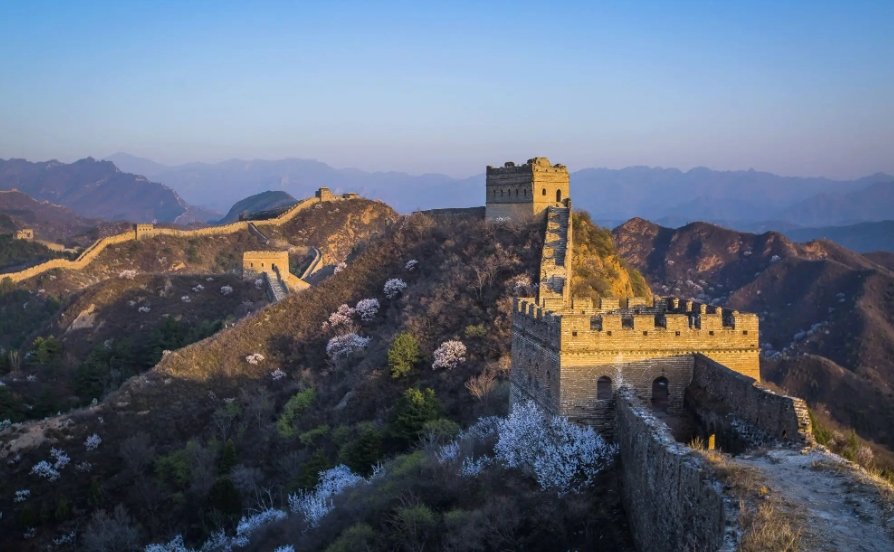
The Fortified Heart of the Shang Dynasty: Exploring the Walls of Zhengzhou and Anyang
The Shang Dynasty (circa 1600-1046 BCE) is considered the first dynasty in Chinese history with documented evidence. While known for its advancements in bronze casting, writing, and social structure, the Shang also excelled in defensive architecture. Cities like Zhengzhou and Anyang, key centers of Shang power, boasted impressive walls that showcased their military prowess and provided protection for their inhabitants.
Zhengzhou: A City Fortified
Zhengzhou, believed to be the early Shang capital known as Ao, is renowned for its extensive city walls. These imposing structures, built with layers of rammed earth, stretched for approximately four miles, enclosing a sprawling urban center. Standing at a height of 32 feet, they would have been a daunting sight to any potential attacker. The walls' sheer thickness, reaching 65 feet wide in some sections, allowed for defensive walkways and provided a robust barrier against enemy assault. The scale of the fortifications at Zhengzhou underlines the centralized power of the Shang rulers and their dedication to protecting their territory and people.
Anyang: Power Center with Protective Embrace
Anyang, believed to be the later Shang capital known as Yin, served as the seat of power for the dynasty for over two centuries. While not as renowned for its walls as Zhengzhou, archaeological evidence suggests Anyang also possessed significant fortifications. Located at the heart of the city lay a complex of palaces, temples, and altars, the epicenter of Shang political and religious life. These vital structures would have been strategically protected by inner walls, forming a fortified core within the larger city.
Limitations of Archaeological Evidence
It is important to note that our understanding of Shang Dynasty walls, particularly at Anyang, is still evolving. Excavations are ongoing, and new discoveries continually refine our knowledge. The perishable nature of some building materials, coupled with the passage of time and natural erosion, means that reconstructing a complete picture of Shang fortifications remains a challenge for archaeologists.
Significance of Shang Walls
Despite these limitations, the existing evidence highlights the significance of walls in Shang society. They served not only as physical barriers but also as powerful symbols of the dynasty's authority and might. These monumental structures served to unify the people within, intimidate potential enemies, and ultimately contribute to the stability and longevity of the Shang Dynasty.
Q&A
1. What was the main purpose of the city walls during the Shang Dynasty?
The city walls served multiple purposes. Primarily, they provided a physical barrier against invasion and raids, protecting the inhabitants and their resources. They also served as a symbol of the Shang Dynasty's power and authority, demonstrating their ability to mobilize labor and resources for such large-scale construction projects.
2. How did the walls of Zhengzhou and Anyang differ?
Zhengzhou's walls are better preserved and more extensively studied, known for their impressive size and length. While Anyang likely also had significant fortifications, their exact layout and scale are less clear due to ongoing excavations. Research suggests Anyang may have prioritized inner walls to protect the central palace and religious complex.
3. Why is our understanding of Shang Dynasty walls incomplete?
Our knowledge is limited by the natural decay of building materials over time, the vast scale of archaeological sites, and the ongoing nature of research. Further excavations and analysis are crucial to gaining a more comprehensive understanding of the design and function of walls in different Shang cities.